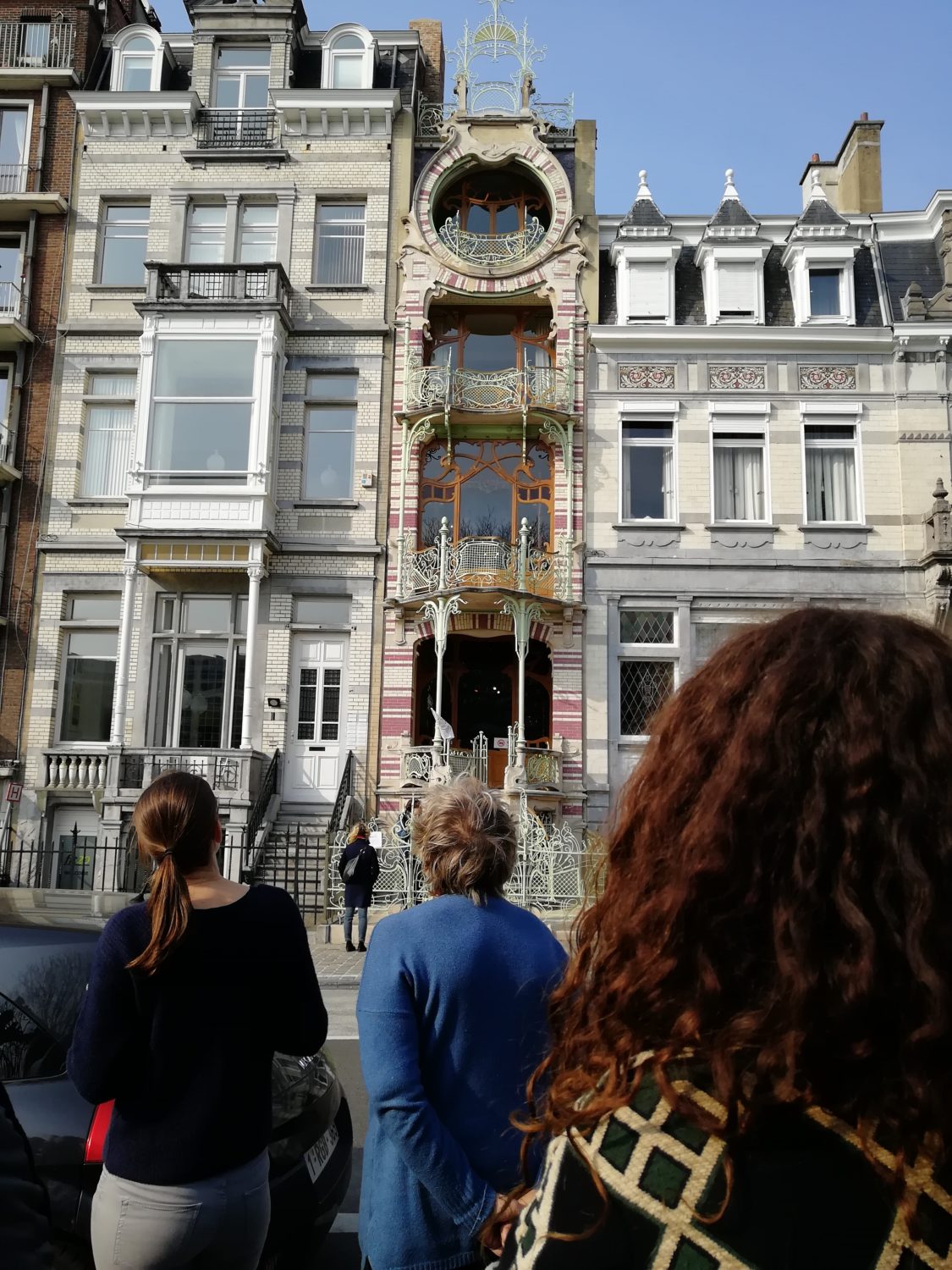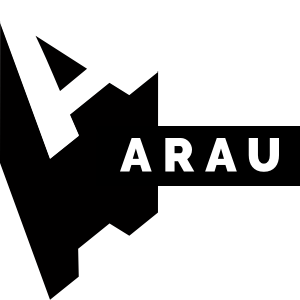Art Nouveau, Congo-style
I would like to book a guided tour
This guided tour takes this episode as the basis of an exploration, through public spaces, of how Art Nouveau was also used as a propaganda tool during the reign of King Leopold II.
Set up a guided tour for a group
In 1897, Edmond van Eetvelde, the Secretary-General of the Congo Free State, made the astonishing decision to entrust four Art Nouveau architects with the design of the Congolese section of the Brussels Universal Exhibition at Tervuren. This choice was surprising because, at that time, Art Nouveau was a modern style most favoured by the new industrialist middle class and rather looked-down-on by the aristocracy and the King. However, Edmond van Eetvelde was motivated by two strategic reasons. First, the Universal Exhibition was a mass-market event that, through Art Nouveau, could be used to stoke public opinion in favour of colonialism. Second, he hoped it would charm the new Belgian industrialist middle class and encourage them to invest in the Belgian Congo Company. His gamble paid off because the Congolese section at the Tervuren exhibition was such a huge success that “Congo style” became a synonym for Art Nouveau.
This guided tour takes this episode as the basis of an exploration, through public spaces, of how Art Nouveau was also used as a propaganda tool during the reign of King Leopold II. The tour begins in Square Ambiorix and travels past Edmond van Eetvelde’s house, designed by Victor Horta. This iconic building, as well as some other Art Nouveau masterpieces in the Squares district, will be used to demonstrate the historical and aesthetical links between Art Nouveau and colonialism.
Tour departs at the corner of square Marie-Louise and rue Ortélius, 1000 Bruxelles
Duration: 2 hours
